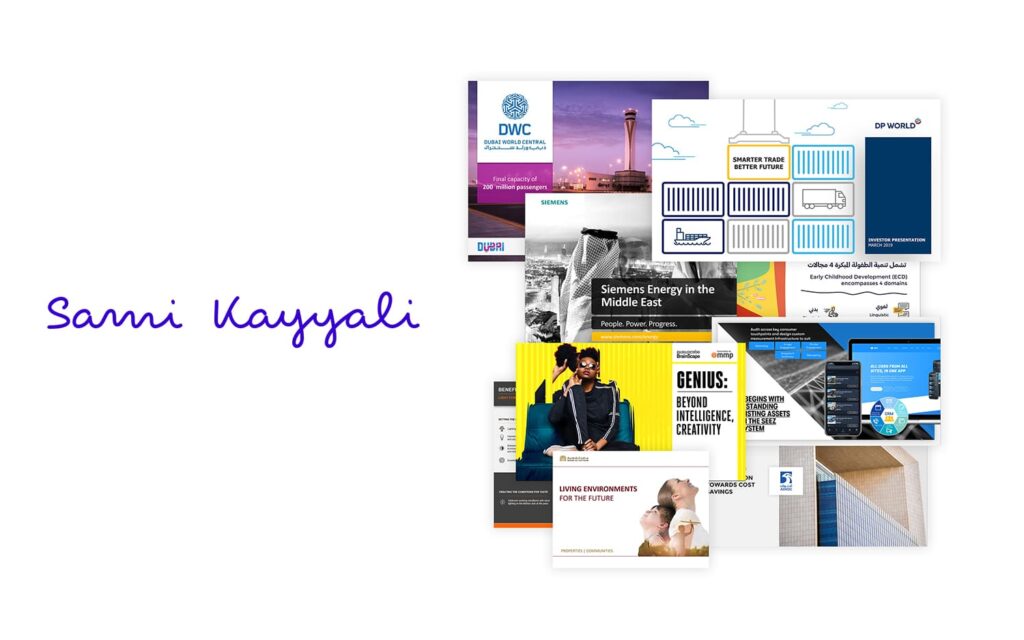When it comes to creating a successful presentation, the design elements you choose can make or break your message. One crucial aspect of presentation design is typography – the style and arrangement of type. To achieve your desired goals, here are some dos and don’ts to keep in mind when selecting and using fonts for your next presentation:
DO use clear and legible fonts: Your audience should be able to easily read your text from a distance, so avoid overly decorative or hard-to-read fonts. Stick with simple sans serif or serif fonts that are easy on the eyes. Some good options include Arial, Calibri, Helvetica, Times New Roman, and Georgia.
DON’T use too many different fonts: Using more than two or three fonts in a single presentation can look cluttered and confusing. Instead, choose one font for headings and another for body text, and stick with those throughout the presentation. If you need to add emphasis, try using bold or italic versions of your chosen font instead of introducing new ones.
DO consider the size of your text: Make sure your font size is large enough to be easily readable, especially if you plan on projecting your slides onto a larger screen. As a general rule, headlines should be at least 36 points and body text should be no smaller than 18 points.
DON’T use all capital letters for long blocks of text: While capitals may seem like they would help emphasize important information, they actually make text harder to read because there is less variation between individual characters. Use title case (capitalizing only the first letter of each word) instead for better legibility.
DO pay attention to line spacing: Lines of text that are too close together can be difficult to read, while lines that are too far apart can feel disconnected and fragmented. Aim for a line height of around 120% to 150% of the font size for optimal readability.
DON’T justify your text: Justified text aligns both the left and right edges of paragraphs, which can create awkward gaps between words and uneven columns of text. Instead, opt for left alignment, which makes it easier for readers to follow along as their eyes move down the page.
DO use contrast to draw attention: By placing light text on a dark background or vice versa, you can create visual interest and guide your audience’s focus towards specific parts of your slide. However, be careful not to go overboard – too much contrast can be overwhelming and distracting.
